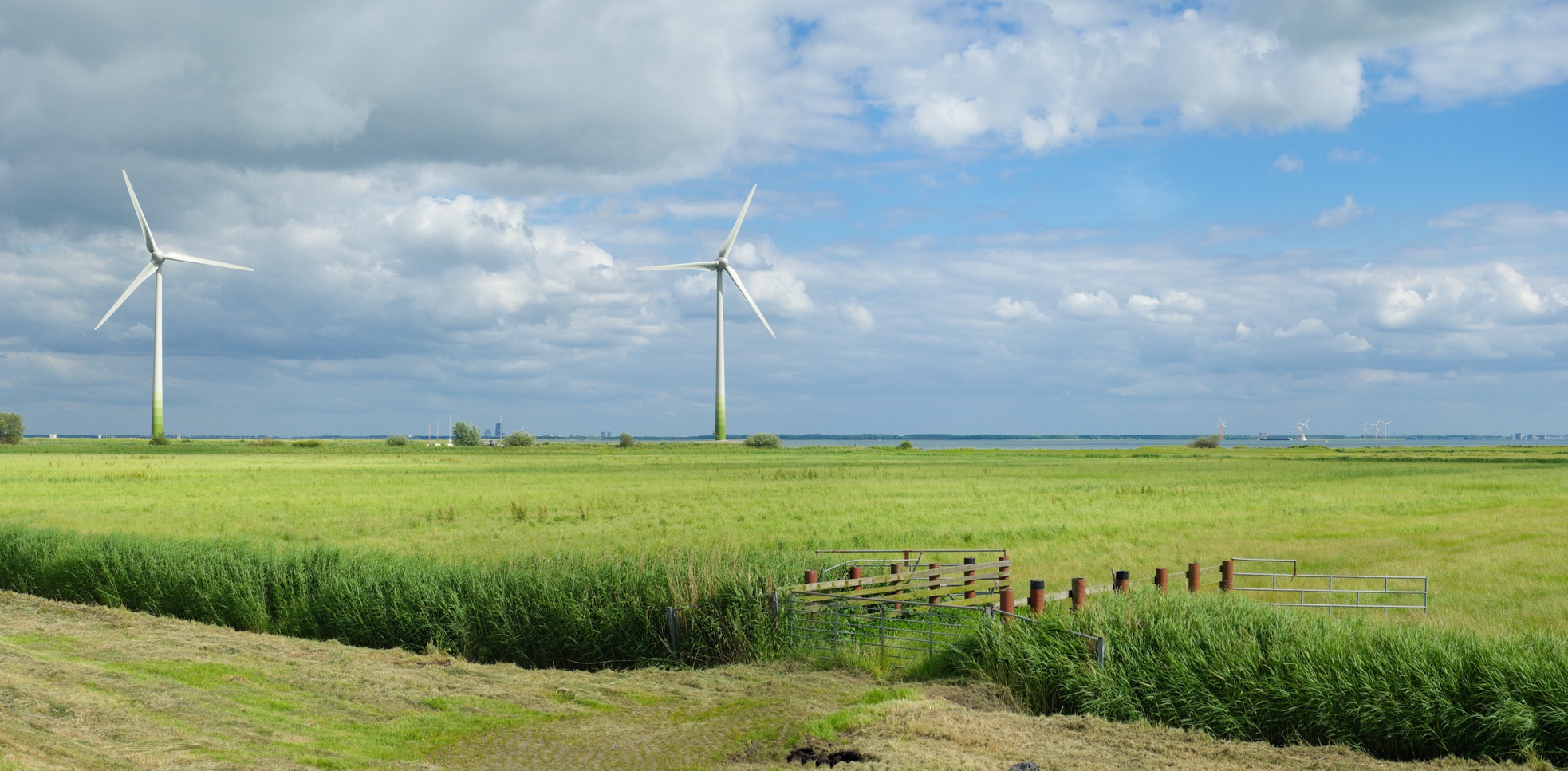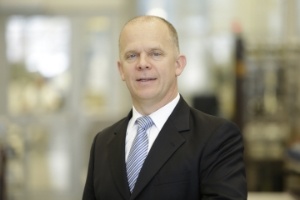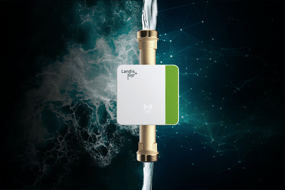
 Having been identified as one of the smart energy elites, Andreas Umbach, President & CEO, Landis+Gyr, recently gave an interview to Metering & Smart Energy International. The interview was first published in the latest edition of Global Smart Energy Elites 2015. Below is the full interview as published by Metering & Smart Energy International.
Having been identified as one of the smart energy elites, Andreas Umbach, President & CEO, Landis+Gyr, recently gave an interview to Metering & Smart Energy International. The interview was first published in the latest edition of Global Smart Energy Elites 2015. Below is the full interview as published by Metering & Smart Energy International.
How did you get involved in the energy sector and in ‘smart energy’ particularly?
Over 15 years ago I became Head of Siemens Metering and remained to lead the company after it was sold and re-gained the original name of Landis+Gyr. In that time, I have seen a number of significant changes take place: The company and its solutions have progressed from electromechanical metering to AMR (one-way meter reading), to smart metering with two-way communication and now encompasses smart grids and smart energy.
What project have you worked on that best defines smart energy for you, and that is an example of the possibilities smart energy could realise?
TEPCO in Japan is in a class by itself – certainly in terms of the number of devices being enabled on our network and the pace of deployment. With 27 million meters that will all be communicating on an open standards platform that manages RF mesh, cellular and PLC on a single head-end system. The solution is expected to provide a high performance communications channel into each home empowering customers and the utility to manage energy better. The project is essentially about creating one of the world’s largest Internet of Things deployments.
Where do you see room for more growth in the sector, and what opportunities are not being exploited sufficiently?
The most obvious geographical room for growth is in Europe. Whereas, North America, Australia, China and Japan are rapidly deploying smart metering – or have installed the technology already -, Europe has been lagging behind predictions for years. This is ironic because Europe, with its ambitious energy and climate targets could benefit from the technology tremendously. The achievement of Europe’s noble goals will be dependent upon smart metering and smart grids.
What is standing in the way of some of these growth opportunities being realised?
The situation is more complicated in Europe for several reasons. Firstly, there is the liberalized, unbundled energy market, which makes it difficult for one market actor – usually the DSO – to make investments that bring benefits to other parts of the value chain. Although there is solid support for smart technologies from the European Commission, the difficulties are in the EU Member States where the national regulatory authorities have a double mandate: on one hand they oversee the network operators as natural monopolies, but they also have a consumer protection task, which requires them to keep grid use fees as low as possible.
It is easier for the network operators and the regulators to negotiate over investments in copper and steel to reenforce the networks, opposed to adding intelligence to the system. However, given the progress of the debate on the EU-level on such issues as demand response and consumer participation in energy markets, we will see progress very soon.

What are your top 3 predictions for the smart energy sector for the next 24 months?
-
Customer engagement as catalyst for future success: The utility succeeding in engaging customers will not only protect its existing customer base – this is already a challenge in a fully liberalized market -but will also gain competitive advantages and profile itself as a catalyst for further growth.
-
All energy related activities will grow together. Today’s separation between the utility world, which traditionally ends at the meter point, home appliances such as water heaters, roof top solar panels and building control / smart home solutions will amalgamate in joint applications. This will allow for intelligent management based on energy availability and dynamic costs on one side and consumer requirements and priorities on the other.
-
Big Data and the Internet of Things (IoT) are to become an integral element of utilities’ business strategy and daily business. They are the facilitators of the first two points. Smart metering is already providing massive data calling for powerful Head End and Data Analytics systems. Once in place, it is a natural step to link with other appliances to allow for IoT which then offers new business opportunities to the owner of this ICT infrastructure.
What do you think the utility of the future will look like? Is there any truth in the rumours of the demise of the utility?
The utilities of the future will certainly not look like the structures we have known for the last century. I wouldn’t go so far as to predict the demise of the utility, but they will certainly have different forms. As the energy supply system becomes more dynamic and more decentralized, the businesses involved will have to become more flexible and agile as well. There will be many more actors in the field: smaller generators, aggregators, retailers, energy management companies. These new entities may or may not be part of a larger utility. The utilities will either have to adapt or they will be left behind.
We are seeing some of that in Europe already, where utilities are being forced to re-think their business model. The utility of the future will no longer just be a supplier of energy, but it may also be a purchaser – from micro-generation, a service provider, a storage operator and may even run a transportation infrastructure for electric vehicles.
From your perspective, what are the biggest challenges facing utilities today?
For over a hundred years, the business model has been to generate electricity, transport and distribute that electricity to final consumers, whether they be factories, commercial enterprises or households, and collect payment. That model, where more energy sold equals more profits is not the formula that will continue to be successful. There is general consensus that what worked in the past, will not function in the future. There is a lot of hand-wringing, however, about what comes next. Many of the things previously mentioned are still very diffuse. We know roughly in what direction developments are taking us, but the challenge for the utilities will be to work out the details.
What do you see being the new technology or software that will be the next step in the smart energy revolution/evolution?
It is not easy to isolate uniquely transformative technologies. However, if I had to pick one technology trend, it is the one I mentioned earlier surrounding big-data and the IoT. The global advanced metering infrastructure is already one of the largest deployments in the Internet of Things. What come next are the applications which sit on top these massive data volumes being generated. Analytics drive business and consumer insights, from grid stability to optimized real time power procurement. These applications are on the cusp of exploding. Data is the new oil, and the smart-grid has plenty of it. This is what will enable more than any one person can forecast.





